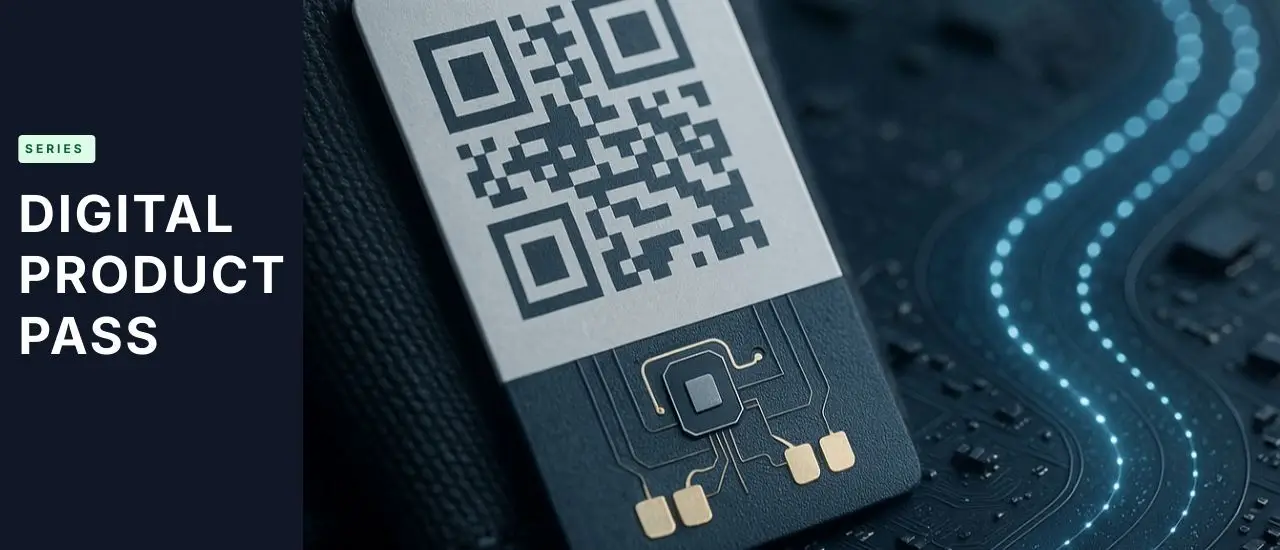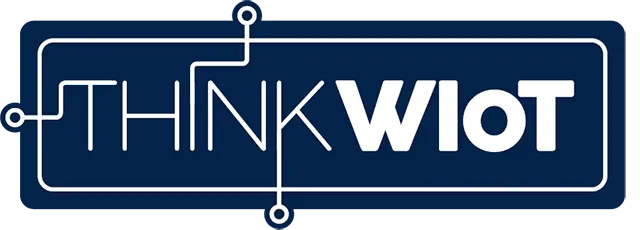RFID Pooling System
One Startup Against the Surge of Plastic
WITHOUTme UG
- Founding year: 2021
- Founder: Steffanie Rainer
- Head office: Untergruppenbach, 40 km north of Stuttgart, Germany
- Stores with refill stations: five
- Online: withoutme.de
According to the WWF, people generate over 200 million tons of plastic waste per year. Between 19 and 23 million tons end up in bodies of water. Plastic cosmetics packaging, for example, is often designed for single use only. Fragrance molecules from the products adhere to the packaging material, making it difficult to clean and preventing it from being recycled.
In addition, cosmetic products often contain microplastics. According to a study by the Fraunhofer Institute for Environmental, Safety and Energy Technology UMSICHT, nearly 1,000 tons of microplastics and 47,000 tons of dissolved polymers end up in wastewater from cosmetics as well as detergents, cleaning agents and cleaning products in Germany alone.
The answer of founder and managing director Steffanie Rainer from the startup WITHOUTme is clear: remove the plastics from products and packaging materials!
The company's solution is a pooling system with a refill station for reusable and recyclable cosmetics packaging. Even the 2-in-1 shampoo and shower gel produced for the company is free of plastics. In 2022, the first refill station begun operations in an EDEKA store in Saarbrücken, Germany. At present, WITHOUTme is testing the system in four other stores in Gäufelden, Neubiberg, Speyer and Wittlich. New customers can find out more about the system on the website www.wearereo.com and become pilot partners themselves.
According to the WWF, people generate over 200 million tons of plastic waste per year. Between 19 and 23 million tons end up in bodies of water. Plastic cosmetics packaging, for example, is often designed for single use only. Fragrance molecules from the products adhere to the packaging material, making it difficult to clean and preventing it from being recycled.
In addition, cosmetic products often contain microplastics. According to a study by the Fraunhofer Institute for Environmental, Safety and Energy Technology UMSICHT, nearly 1,000 tons of microplastics and 47,000 tons of dissolved polymers end up in wastewater from cosmetics as well as detergents, cleaning agents and cleaning products in Germany alone.
The answer of founder and managing director Steffanie Rainer from the startup WITHOUTme is clear: remove the plastics from products and packaging materials!
The company's solution is a pooling system with a refill station for reusable and recyclable cosmetics packaging. Even the 2-in-1 shampoo and shower gel produced for the company is free of plastics. In 2022, the first refill station begun operations in an EDEKA store in Saarbrücken, Germany. At present, WITHOUTme is testing the system in four other stores in Gäufelden, Neubiberg, Speyer and Wittlich. New customers can find out more about the system on the website www.wearereo.com and become pilot partners themselves.
WITHOUTme UG
- Founding year: 2021
- Founder: Steffanie Rainer
- Head office: Untergruppenbach, 40 km north of Stuttgart, Germany
- Stores with refill stations: five
- Online: withoutme.de
RFID-Tagged, Recyclable Packaging
The pooling system relies on returnable stainless steel bottles, which can withstand up to 100 use cycles and are 100 percent recyclable. At the bottom, each bottle is equipped with an on-metal HF RFID tag. A refill station handles their automatic refills. This station is about two meters high, one meter wide and 60 centimeters in depth. The size corresponds to that of a typical supermarket shelf.
An RFID reader in the station identifies each bottle by its RFID tag, triggering the automatic refill.
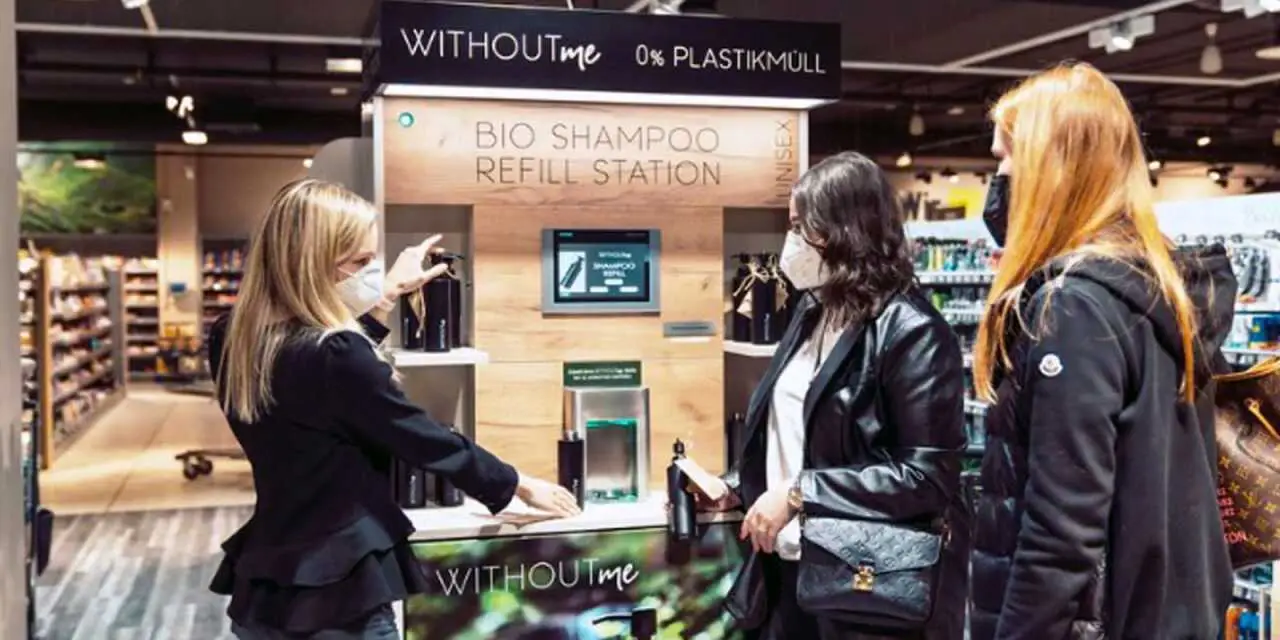
Founder Steffanie Rainer (left) gives a live demonstration of the pooling system.
Refill at the Point of Sale
Self-Service with RFID
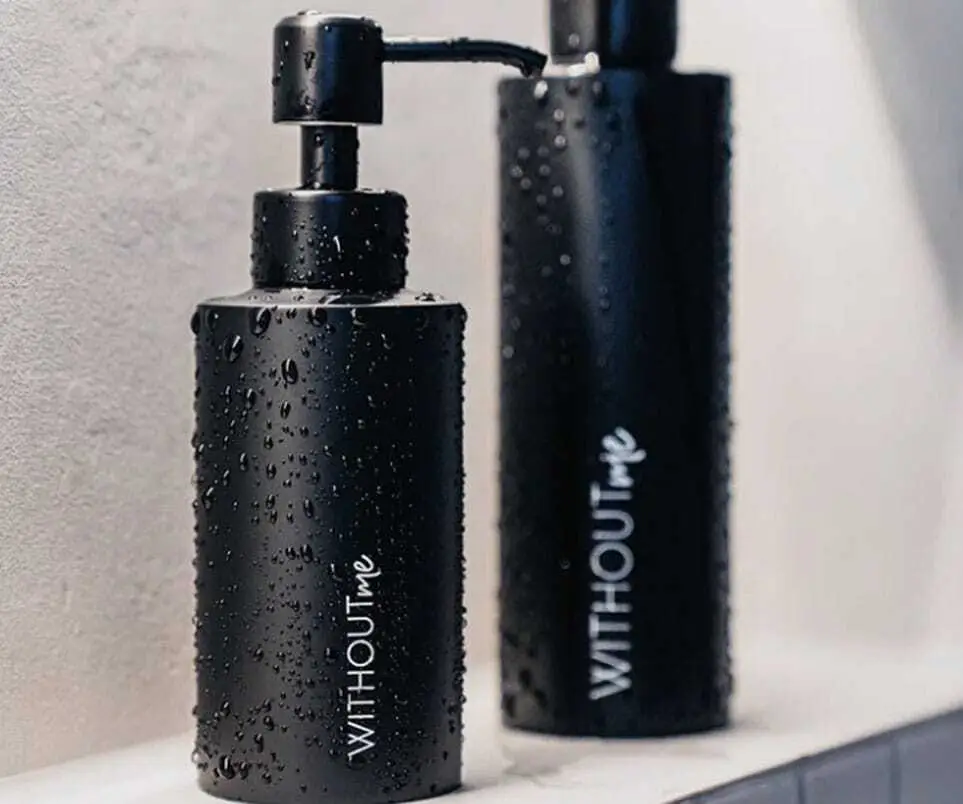
The station generates exact refill quantities depending on the bottle volume.
Customers place the empty stainless steel bottle in a designated cavity at the refill station. The built-in RFID reader identifies the tag. At the same time, the refill station weighs the bottle. Customers must confirm on the touchscreen that it has been cleaned and is empty.
The refill station then fills the bottle with cosmetic product, weighs the bottle again and prints a receipt for the customer. The receipt lists the filling quantity, price, ingredients and expiration date of the product and contains a barcode for payment at the checkout.
Customers place the empty stainless steel bottle in a designated cavity at the refill station. The built-in RFID reader identifies the tag. At the same time, the refill station weighs the bottle. Customers must confirm on the touchscreen that it has been cleaned and is empty.
The refill station then fills the bottle with cosmetic product, weighs the bottle again and prints a receipt for the customer. The receipt lists the filling quantity, price, ingredients and expiration date of the product and contains a barcode for payment at the checkout.

The station generates exact refill quantities depending on the bottle volume.
Setup of the Returns System
The stainless steel bottles are designed for up to 100 use cycles. However, during the test phase, customers will receive a notification after the 25th refill asking them to exchange their bottle for a new one free of charge.
This gives WITHOUTme important insights into the condition of the bottles when they are returned. The company cleans and prepares them for reuse.
Remote Monitoring with IT Backend and Sensors
The refill station has Wi-Fi connectivity. A cloud database brings together operational data. The system records bottle filling times, quantities and frequency based on the unique IDs of the RFID tags.
Sensors inside the station monitor the fill level of the product containers.
Customer Journey
Customer Service
"User-friendliness is a unique selling point of the system", explains Steffanie Rainer. "Different age groups come together at the point of sale in the supermarket, and the system aims to appeal to all consumers through simplicity." The reading area with the cavity for the bottle, for example, is precisely tailored to its dimensions.
Misplacement is impossible. Instructions for use on the touchscreen guide consumers during the refill process. After that, customers have the option of registering for a loyalty program.
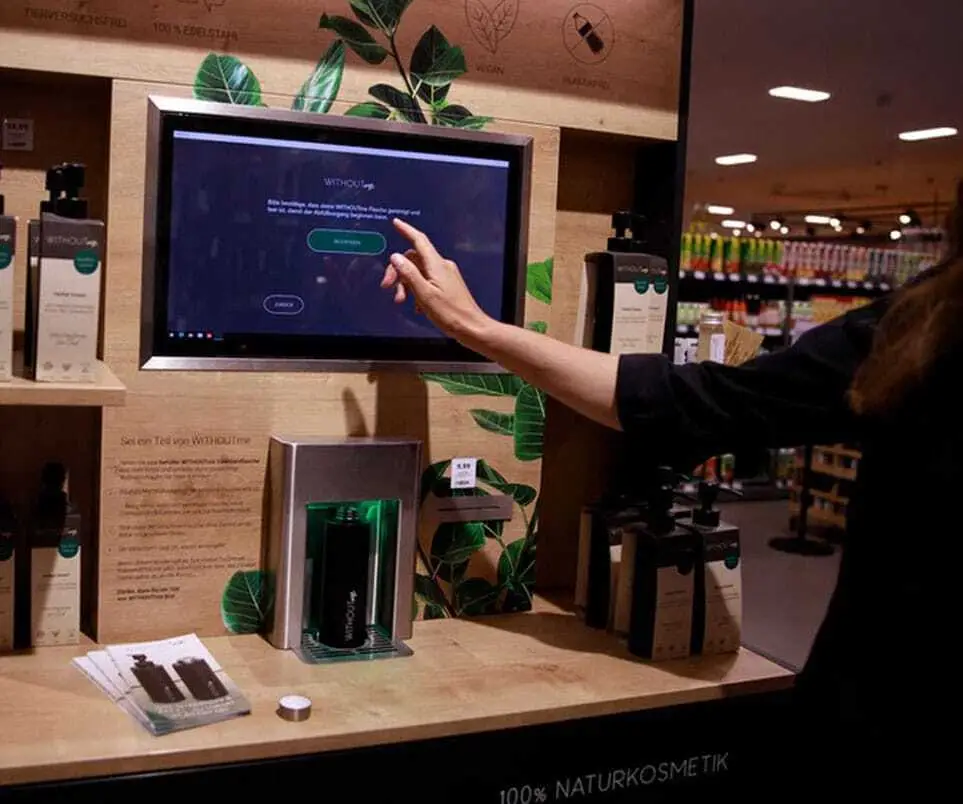
If customers take part of the loyalty program and provide additional data, the ID of the returnable bottle is linked to the corresponding customer account.
Personalized Customer Journey
By registering for the loyalty program, customers receive personalized services. The system assigns the unique ID of a bottle to a customer account. For example, retailers can offer discounts after a certain number of refills.
In addition, other IDs can be linked to the account should customers forget their bottle. Instead of resorting to other products or not being credited with discounts, the customer journey continues.
New Insights into Shopper Behavior
Even without customers' participation in the loyalty program, retailers receive new information about shopping behavior. Which products are particularly in demand? How much cosmetic product is sold and when? The system and the database provide the answers.
Retailers can adjust the range of products on offer according to demand and reorder new cosmetics. Avoiding long storage times prevents cosmetic product quality loss and ensures compliance with hygiene regulations.
Interview with Steffanie Rainer
RFID Makes Sustainability Easy in Everyday Life
Steffanie Rainer explains in an interview RFID & Wireless IoT Global how the RFID pooling system and the refill station revolutionize the customer journey, overcome special challenges in the cosmetics industry, and increase sustainability.
Interview
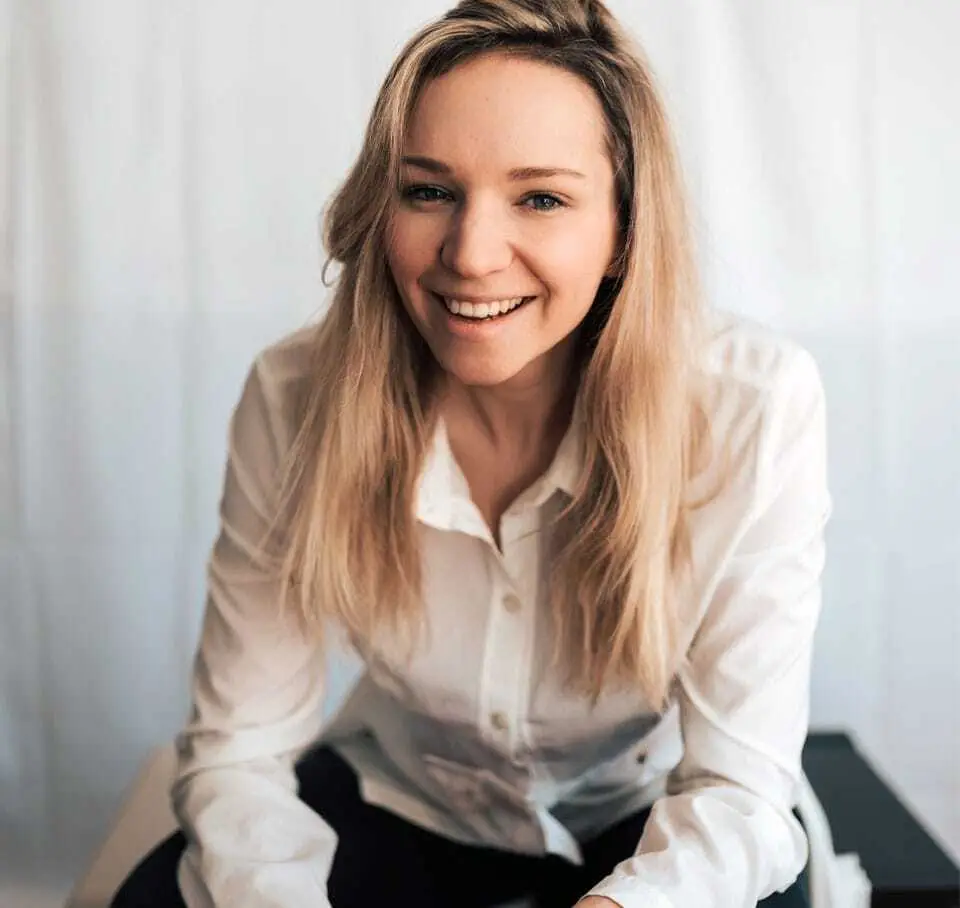
Steffanie Rainer is Managing Director at WITHOUTme.
1. Mrs. Rainer, what makes the RFID pooling system for cosmetics bottles so special?
Legislation dictates strict hygiene standards for the cosmetics industry, which make the use of self-service systems at the point of sale more difficult. These include, for example, regulations on product labeling such as expiration date, the indication of ingredients, or exact filling volumes.
For this reason, cosmetics manufacturers often use plastic packaging. The refill station, on the other hand, does not create any packaging waste, yet complies with all regulations and also offers an innovative customer journey.
2. The keyword is regulations. What requirements must the refill station meet at the point of sale?
The solution must ensure that the desired product occupies the entire volume of the bottle. In addition, the bottle must be clean and the refill process hygienic. Automation offers clear advantages here. The station weighs the bottles before and after refill, as they do not have a calibration mark.
The filling quantity is predefined, and deviations are impossible.
3. What is the role of RFID technology for the solution?
RFID technology is essential. Without the capture of an RFID tag by the reader, the bottles will not be refilled. The unique identification of each bottle also provides insight into consumer behavior. The system records which bottle is refilled how often and with which product. In addition, customers can decide whether they want to provide further data.
This creates a direct link to the customer in the retail store. New possibilities open up for individualization of the product offering and customer loyalty programs - currently via e-mail, but in the future via an app. In addition, HF transponders have been selected in order to use them to communicate with consumers in the future.
4. How do customers react to the system?
Some customers were skeptical at the beginning. The system is different from what consumers are used to, for example, from the bottle deposit in the supermarket. By now, the concept has proven successful. The solution has been in use at the Saarbrücken store for about a year. Customers are delighted with its simplicity, and with its sustainability. The bottle itself is an asset. It is made of high-quality stainless steel, looks appealing and is one hundred percent recyclable. The solution makes it easy for customers to act sustainably in their everyday lives.
5. How did you adapt the refill station for use at the point of sale?
First we had to find out what the difficulties customers were facing. Does the customer place the bottle in the correct place for refills? Do customers intuitively find the start button? Does the interface on the touchscreen need to be color-coded for this? Do customers remove the RFID tag from the bottle, thereby preventing effective use of the system?
In response to these questions, the refill station and the system were further developed so that both can be used intuitively. The on-site support of the stations with staff would be too labor- and cost-intensive. For this reason, the refill stations are monitored remotely. Staff is only required to refill the cosmetic products.
6. Are you planning to offer different cosmetic products at the refill machines in the future?
At present, the system is still in the test phase with only one product. However, customers want greater product choice. RFID increases the possibility of scaling up the solution, as the system can precisely determine the filling quantity for each product. In addition, customization of the color or size of the product is possible.
In the future, the refill station could handle between 30 and 40 products. However, it will never become a kind of "gas station" for cosmetic products. In the future, there will still be one predetermined place for the bottle. The product selection happens in the background and the system retains its simplicity for the customer despite a larger product variety.
1. Mrs. Rainer, what makes the RFID pooling system for cosmetics bottles so special?
Legislation dictates strict hygiene standards for the cosmetics industry, which make the use of self-service systems at the point of sale more difficult. These include, for example, regulations on product labeling such as expiration date, the indication of ingredients, or exact filling volumes.
For this reason, cosmetics manufacturers often use plastic packaging. The refill station, on the other hand, does not create any packaging waste, yet complies with all regulations and also offers an innovative customer journey.
2. The keyword is regulations. What requirements must the refill station meet at the point of sale?
The solution must ensure that the desired product occupies the entire volume of the bottle. In addition, the bottle must be clean and the refill process hygienic. Automation offers clear advantages here. The station weighs the bottles before and after refill, as they do not have a calibration mark.
The filling quantity is predefined, and deviations are impossible.
3. What is the role of RFID technology for the solution?
RFID technology is essential. Without the capture of an RFID tag by the reader, the bottles will not be refilled. The unique identification of each bottle also provides insight into consumer behavior. The system records which bottle is refilled how often and with which product. In addition, customers can decide whether they want to provide further data.
This creates a direct link to the customer in the retail store. New possibilities open up for individualization of the product offering and customer loyalty programs - currently via e-mail, but in the future via an app. In addition, HF transponders have been selected in order to use them to communicate with consumers in the future.
4. How do customers react to the system?
Some customers were skeptical at the beginning. The system is different from what consumers are used to, for example, from the bottle deposit in the supermarket. By now, the concept has proven successful. The solution has been in use at the Saarbrücken store for about a year. Customers are delighted with its simplicity, and with its sustainability. The bottle itself is an asset. It is made of high-quality stainless steel, looks appealing and is one hundred percent recyclable. The solution makes it easy for customers to act sustainably in their everyday lives.
5. How did you adapt the refill station for use at the point of sale?
First we had to find out what the difficulties customers were facing. Does the customer place the bottle in the correct place for refills? Do customers intuitively find the start button? Does the interface on the touchscreen need to be color-coded for this? Do customers remove the RFID tag from the bottle, thereby preventing effective use of the system?
In response to these questions, the refill station and the system were further developed so that both can be used intuitively. The on-site support of the stations with staff would be too labor- and cost-intensive. For this reason, the refill stations are monitored remotely. Staff is only required to refill the cosmetic products.
6. Are you planning to offer different cosmetic products at the refill machines in the future?
At present, the system is still in the test phase with only one product. However, customers want greater product choice. RFID increases the possibility of scaling up the solution, as the system can precisely determine the filling quantity for each product. In addition, customization of the color or size of the product is possible.
In the future, the refill station could handle between 30 and 40 products. However, it will never become a kind of "gas station" for cosmetic products. In the future, there will still be one predetermined place for the bottle. The product selection happens in the background and the system retains its simplicity for the customer despite a larger product variety.

Steffanie Rainer is Managing Director at WITHOUTme.
-über-Wi-Fi-HaLow-400.webp)
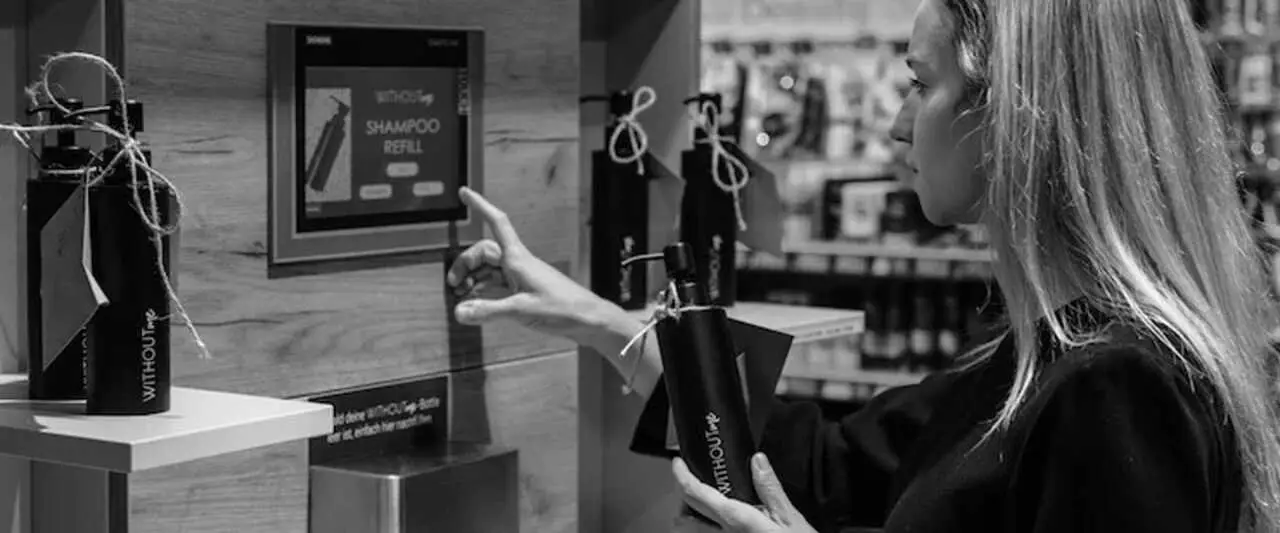


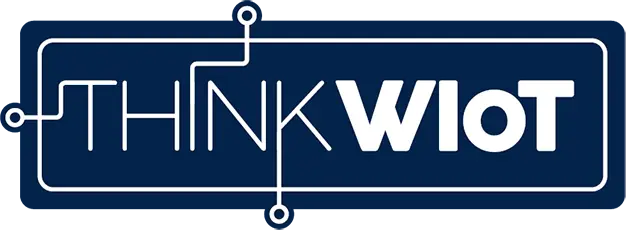
-über-Wi-Fi-HaLow-responsive.webp)
